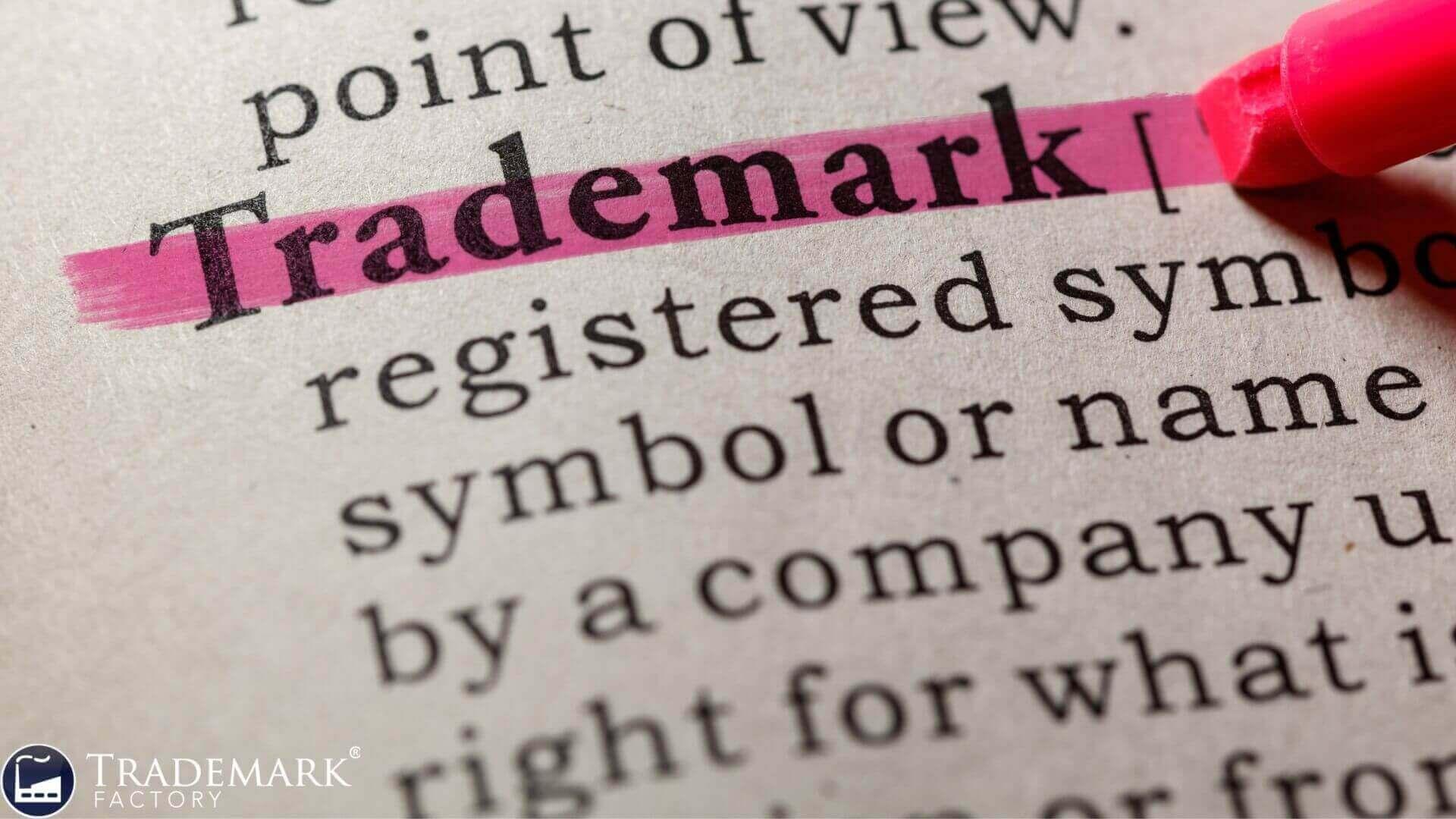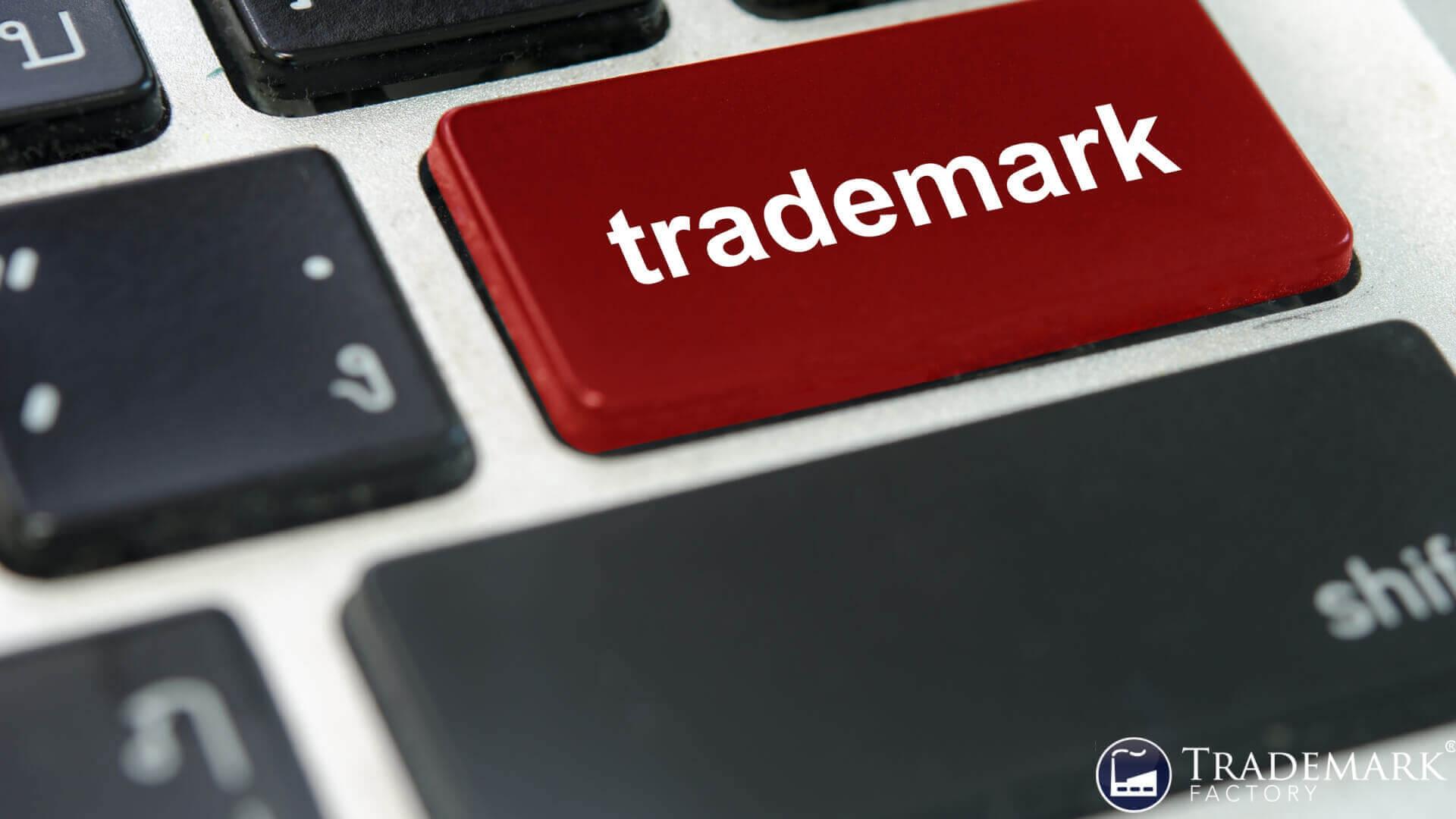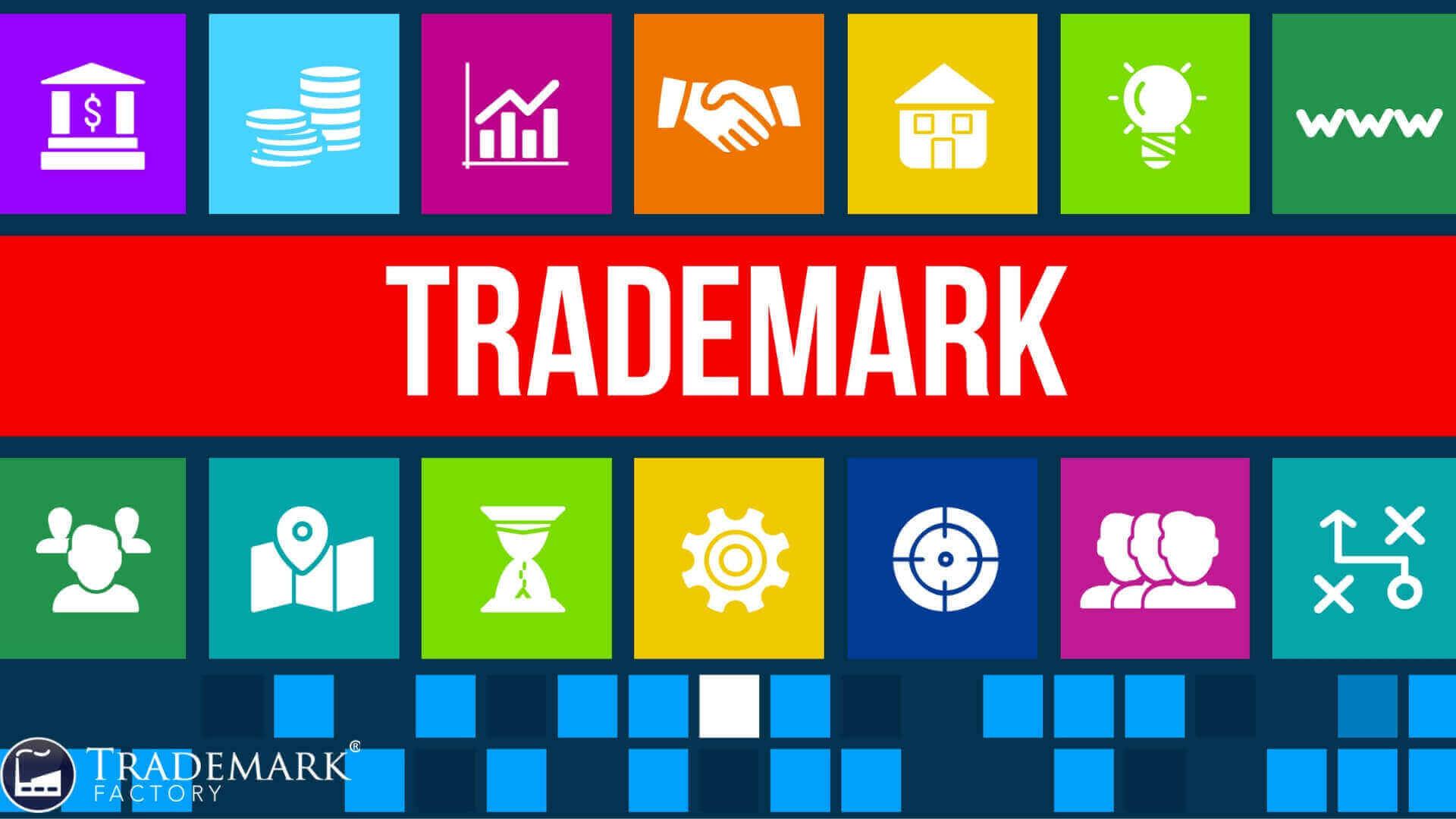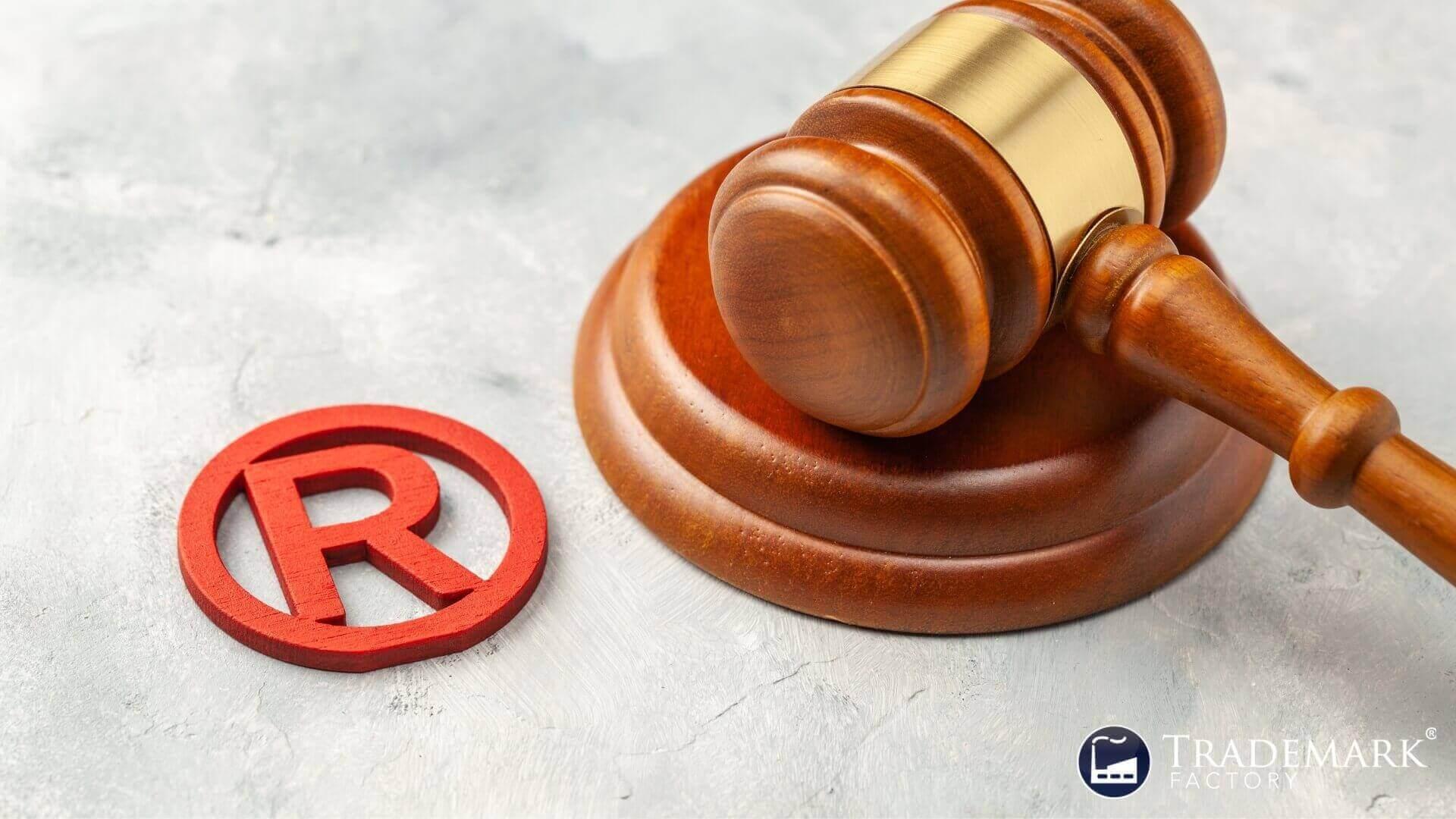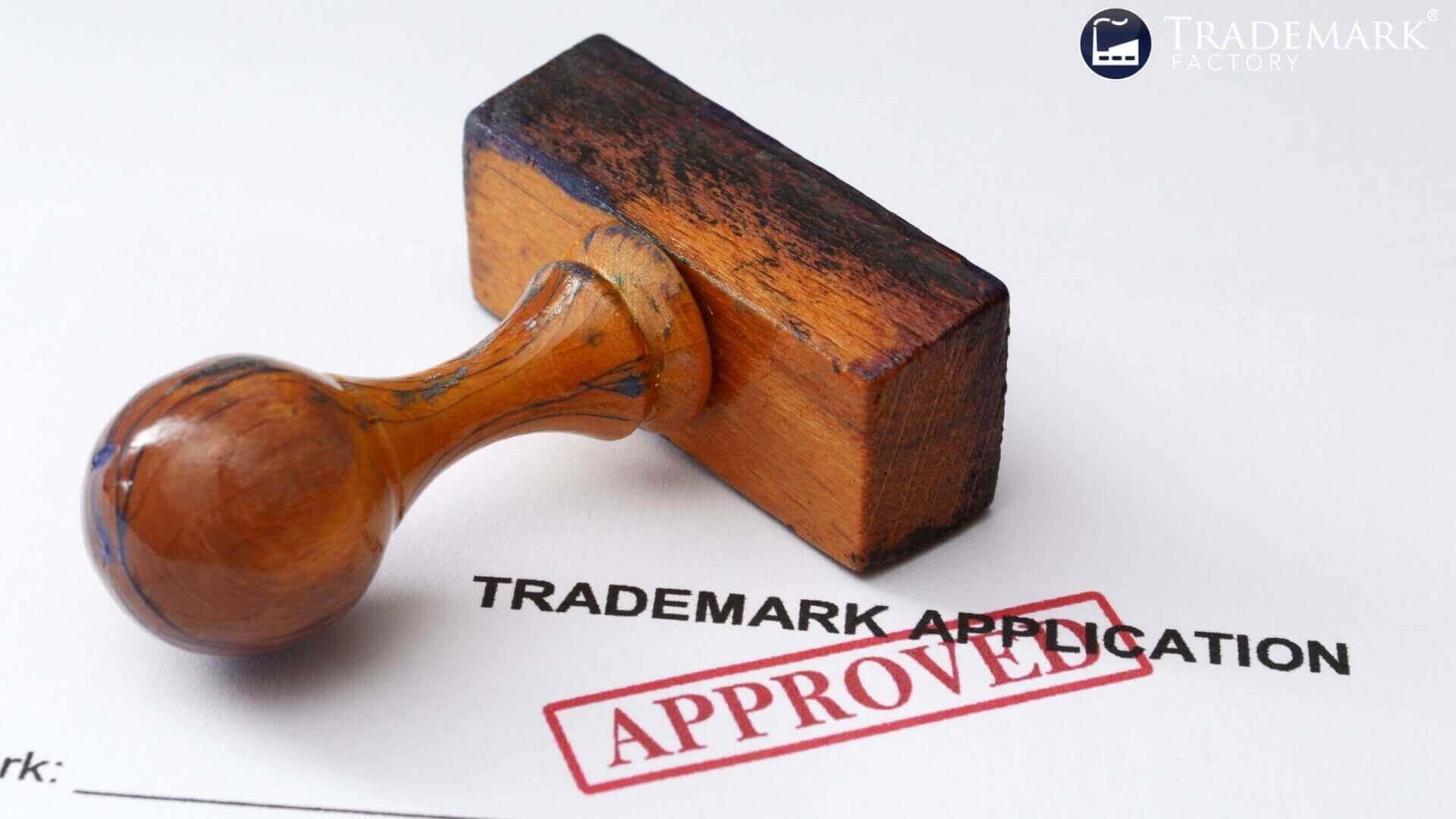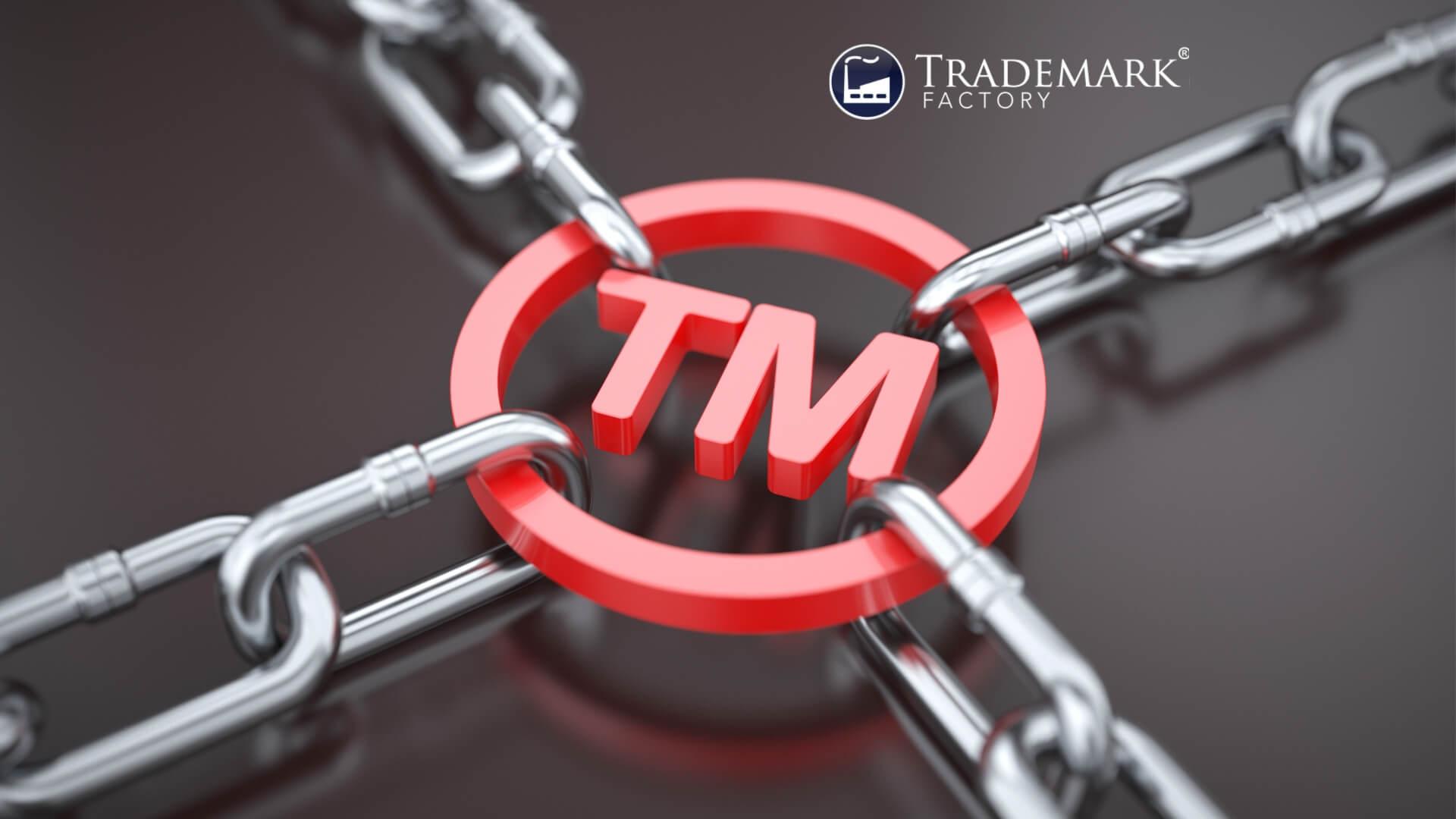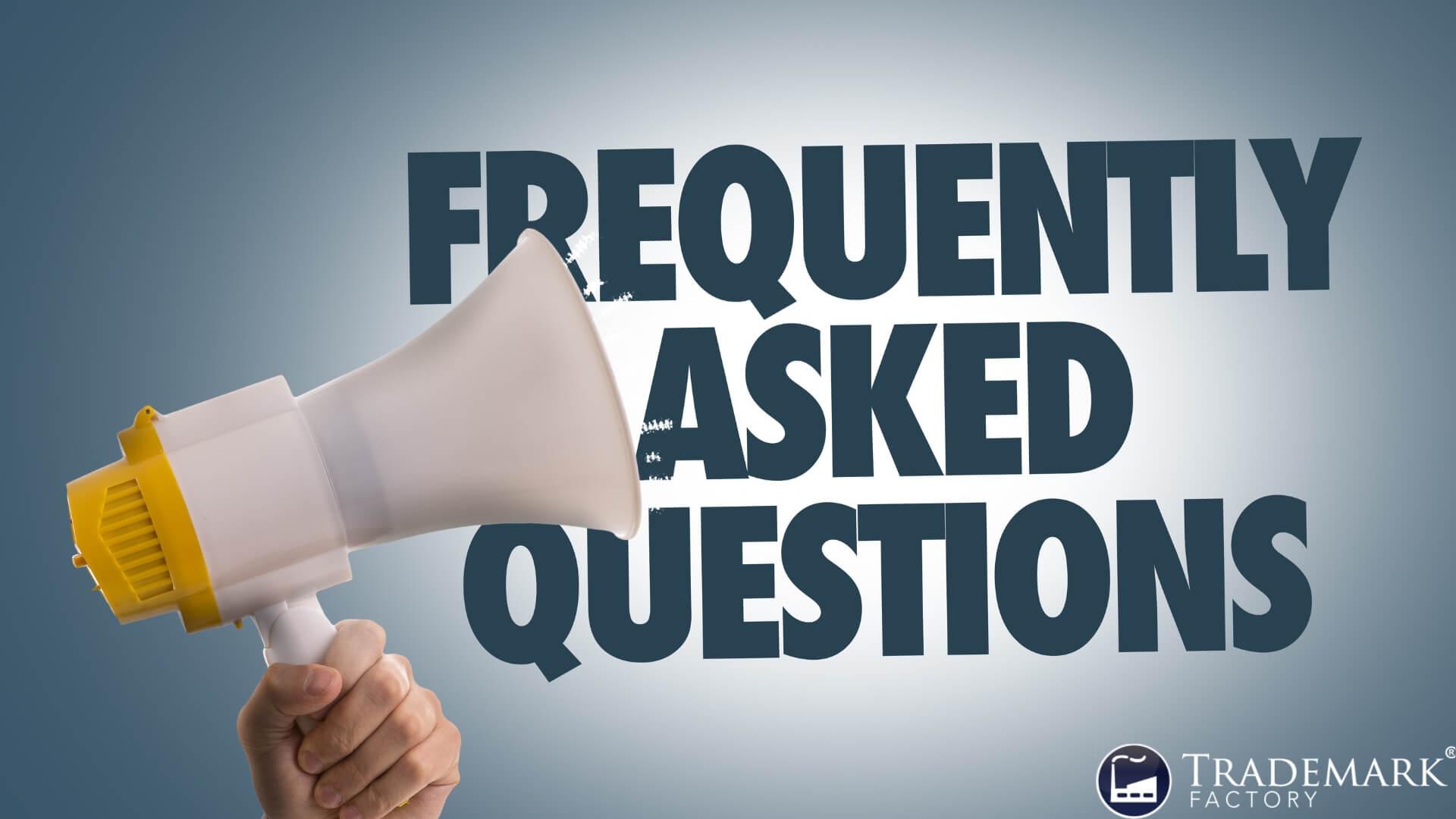The Introduction To Trademarks Full Guide
Trademarks play a crucial role in the world of business and commerce, as they serve to distinguish one's products or services from those of competitors. A trademark is a unique identifier that can be composed of words, phrases, symbols, or designs. Understanding trademarks is essential for businesses and entrepreneurs who seek to protect their intellectual property and establish an exclusive brand identity in the market. This comprehensive guide aims to provide valuable insights into the concept of trademarks, covering various aspects such as types of trademarks, trademark symbols, differences between trademarks and other forms of intellectual property protection (copyrights and patents), classification systems for registering trademarks, international trademark protection mechanisms, infringement issues, and licensing opportunities.
In today's global economy characterized by intense competition among brands operating across borders, obtaining a solid understanding of the nuances related to trademark registration procedures becomes indispensable for success. The process not only helps companies maintain their competitive edge but also fosters consumer trust by ensuring that customers can easily identify genuine products or services associated with specific brands. This guide will delve into all pertinent information required by businesses seeking to navigate complex legal frameworks governing trademark rights while highlighting practical loopholes that may pose potential risks. Armed with this knowledge base on trademark fundamentals, readers will be better equipped to safeguard their interests effectively while achieving desired outcomes in terms of brand recognition and loyalty from consumers worldwide
What Is A Trademark
We need to understand trademark definition, because a trademark encompasses a unique symbol or design that legally differentiates one's goods or services from those of others, serving as an essential component in branding and market positioning while providing legal protection and rights based on its distinctive features. Trademark history reveals the long-standing importance of these identifiers, with famous trademarks such as Coca-Cola, Apple, and Nike becoming synonymous with their respective companies. The presence of counterfeit products highlights the necessity for businesses to protect their brand reputation through trademarks, ensuring customers can easily identify genuine goods and reducing the likelihood of trademark disputes. With visual, auditory, and conceptual elements contributing to the uniqueness and distinctiveness of a trademark, it is crucial for companies to invest time in developing strong symbols that resonate with their target audience while satisfying legal requirements. This deeper understanding paves the way for discussing the definition and purpose of trademarks in greater detail.
Definition and Purpose
A trademark purpose, as defined by law, is a distinctive sign or indicator used by an individual, business organization, or other legal entity to identify and distinguish their goods or services from those of others. The primary purpose of trademark registration is to grant the owner exclusive rights to use the mark in relation to specific products or services within a particular jurisdiction. This protection not only prevents unauthorized use and potential consumer confusion but also enables the trademark holder to build brand recognition and goodwill in the marketplace.
Legal definition of a trademark
Delving into the legal definition of a trademark reveals its crucial role in safeguarding intellectual property and fostering brand recognition in an increasingly competitive market landscape. A trademark is a unique symbol, word, or phrase that identifies and distinguishes the goods or services of one provider from those of others. The history of trademarks dates back to ancient times when craftsmen marked their products with distinctive symbols to communicate ownership.
- Trademark history: From Roman blacksmiths' marks on their swords to modern global branding, trademarks have evolved as powerful tools for identifying the source and quality of goods.
- Infringement prevention: Registering a trademark gives its owner exclusive rights to use it, preventing competitors from using confusingly similar marks that might deceive consumers.
- Brand valuation: An effective trademark strategy can significantly enhance the value of a brand by creating customer loyalty and trust while allowing businesses to capitalize on their goodwill.
- Intellectual property: As part of broader IP protection measures, trademarks help secure valuable intangible assets that drive innovation and economic growth.
Navigating through the registration process is essential for business owners seeking these benefits and ensuring they maintain control over their distinct identity as they enter new markets. With the foundation laid on understanding legal definitions, it is now essential to explore further the purpose behind registering such trademarks for businesses worldwide.
Purpose of trademark registration
Undoubtedly, the process of trademark registration serves a pivotal role in safeguarding businesses' unique identities and fostering their growth in competitive markets. Trademark myths often lead to misconceptions about the real purpose of registration, which encompasses not only securing exclusive rights but also preventing infringement and domain disputes. The table below presents essential aspects related to purpose of trademark registration:
Aspect
Description
Registration Process
Ensures that a business's distinctive mark is legally protected and recognized nationally
Domain Disputes
Protects against unauthorized use of trademarks in domain names, reducing potential conflicts
Trademark Maintenance
Requires periodic renewals and proper usage to maintain protection for an indefinite period
Infringement Prevention
Enables legal action against infringers, deterring misuse and imitation of registered marks
By understanding these aspects, businesses can better appreciate the significance of trademark registration in preserving their brand value and market position. As we delve further into the various types of trademarks available for registration, it becomes apparent that each offers distinct advantages tailored to specific business needs.
Types of Trademarks
A comprehensive examination of the types of trademarks encompasses various categories, including word trademarks, design trademarks, and other types of marks. Word trademarks consist of a combination of letters or words that uniquely identify products or services, while design trademarks involve distinctive visual elements such as logos or symbols. Delving into the nuances of these classifications, along with additional trademark types, will provide a more thorough understanding of the diverse ways in which intellectual property can be protected and distinguished within the marketplace.
Word trademarks
Exploring the realm of word trademarks unveils a fascinating world of unique brand identities, numerous advantages, and essential registration processes for optimal protection. Trademark myths often lead to misconceptions about the significance of word trademarks; however, they play a crucial role in building strong brand recognition and differentiation within competitive markets. The benefits of word trademarks include:
1. Exclusive rights to use the specific words or phrases for branding purposes
2. Legal protection against unauthorized use or infringement by competitors
3. Enhanced reputation and credibility through established intellectual property rights
4. Increased market share and revenue generation due to effective brand communication
It is vital for businesses to undergo the proper registration process, which involves conducting thorough trademark searches, filing accurate applications with relevant authorities, and ensuring prompt dispute resolution in case conflicts arise. Infringement prevention measures are necessary not only for safeguarding one's own brand but also for avoiding potential legal issues with other parties' intellectual property rights. Furthermore, staying informed about renewal tips is indispensable in maintaining long-term trademark protection as well as continued growth within a given industry sector. Comprehending the intricacies of word trademarks paves the way towards exploring design trademarks that can further enhance an organization's distinctive identity in their target market space.
Design trademarks
Delving into the realm of design trademarks reveals their critical role in augmenting a brand's unique identity and providing comprehensive intellectual property protection. Design protection encompasses various visual elements, including logo significance, trademark aesthetics, brand distinctiveness, and overall visual identity, all of which contribute to creating an indelible impression on consumers' minds. The importance of design trademarks lies in their ability to convey a sense of belonging to a particular brand community while offering legal safeguards against unauthorized use by competitors. To further illustrate the scope of protection and key aspects related to design trademarks, consider the following table:
Aspect
Description
Design Protection
Legal defense for original visual elements that distinguish products or services from those offered by others
Logo Significance
A recognizable symbol that represents the essence of a company's values and mission
Trademark Aesthetics
The overall appearance of a trademark, including its shape, color scheme, typography, and any other distinctive features
Brand Distinctiveness & Identity
Unique characteristics that differentiate one company from another and create an emotional connection with consumers
As this guide transitions into exploring other types of trademarks, it becomes evident that each classification holds substantial value in promoting brand recognition while safeguarding intellectual property rights.
Other types of trademarks
Diving deeper into the world of intellectual property protection, various other classifications of trademarks come to light, each with its unique role in fostering brand identity and fortifying legal safeguards. Trademark colors, for instance, can be registered to protect a specific hue that is strongly associated with a brand, such as Tiffany blue or Coca-Cola red. Slogan trademarks safeguard catchy phrases that encapsulate a company's essence and resonate with consumers. Sound trademarks shield distinctive audio cues like jingles or signature tunes that evoke an immediate association with a particular product or service. Unique packaging falls under trade dress trademarks, which encompass the overall visual appearance of a product's presentation and help distinguish it from competitors. Unconventional trademarks extend protection to non-traditional elements like shapes or even smells that are inherently linked to a brand's identity. As we continue exploring the intricacies of trademark law, it becomes essential to understand the significance of trademark symbols and their proper usage in asserting one's rights over these valuable assets.
Trademark Symbols
The significance of trademark symbols in branding cannot be overstated, as they play a pivotal role in distinguishing products and services while protecting intellectual property. Incorporating these symbols into digital marketing efforts further extends their reach and influence within the global marketplace. A comprehensive understanding of these symbols ensures accurate implementation, fostering brand recognition and safeguarding against potential infringement issues.
Importance of trademark symbols in branding
Trademark symbols play a crucial role in branding by offering legal protection, providing usage guidelines, and significantly contributing to the enhancement of brand recognition. The significance of a logo is amplified when accompanied by trademark symbols as they establish consumer trust and communicate the distinctiveness of a brand, setting it apart from competitors. Effective use of trademark symbols can also aid in infringement prevention, ensuring that the brand's intellectual property remains secure and uncompromised. Over time, symbol evolution becomes closely associated with the growth and development of the brand's identity, further reinforcing its presence in consumers' minds. As such, understanding and leveraging trademark symbols is essential for businesses looking to strengthen their market position and build lasting connections with their target audience. This importance extends beyond traditional marketing methods into new digital landscapes where trademarks continue to hold significant value.
Trademark symbols in digital marketing
In the realm of digital marketing, the strategic implementation of trademark symbols serves to enhance brand credibility, foster consumer trust, and protect intellectual property rights in an increasingly competitive online environment. Digital Symbol Impact not only strengthens a company's Online Trademark Presence but also aids in reinforcing its identity across various platforms such as websites, social media channels, and advertisements. Social Media Trademarks play a pivotal role in preventing domain name conflicts and counterfeit prevention by asserting ownership over logos, slogans, and other unique identifiers associated with the brand. Furthermore, they reduce the likelihood of competitors exploiting similarities for their advantage or engaging in deceptive practices that may tarnish a company's reputation. As businesses continue to expand their digital footprint on a global scale, understanding the nuances between trademarks, copyrights, and patents becomes critical for ensuring comprehensive protection of valuable assets within this rapidly evolving landscape.
Trademark Vs Copyright vs Patent
A comprehensive analysis of intellectual property rights encompasses the definition and purpose of understanding trademarks vs copyrights vs patents, each serving distinct functions in safeguarding creative works, brand identities, and innovations. Delving into their differences and similarities not only elucidates the scope of protection provided by each mechanism but also highlights the appropriate context for their application. This examination aims to provide clarity on these essential legal tools that foster innovation while ensuring exclusive rights for creators and inventors.
Definition and purpose of trademarks, copyrights, and patents
Delving into the realm of intellectual property protection, it is crucial to comprehend the distinctions among trademarks, copyrights, and patents, as well as their respective purposes and legal implications. Trademarks primarily serve to safeguard brand identity by protecting distinctive symbols, logos, or phrases that uniquely identify a product or service offered by a business, thus avoiding trademark misconceptions and enabling infringement prevention. Copyrights focus on safeguarding original works of authorship such as literary works, music compositions, software codes and artistic creations from unauthorized reproduction, distribution or public display. Patents provide exclusive rights to inventors for their inventions in exchange for public disclosure of the invention's details; this allows them to protect their innovations from being exploited by others without permission. With brand image importance being paramount in today's competitive marketplace, understanding the registration process for each type of intellectual property protection is essential in order to avoid common trademark pitfalls and ensure one's creative efforts are duly protected. Recognizing these fundamental concepts paves the way for an informed discussion about differences and similarities between trademarks, copyrights, and patents in greater detail.
Differences and similarities between trademarks, copyrights, and patents
Examining the distinctions and commonalities among trademarks, copyrights, and patents is crucial for a comprehensive understanding of intellectual property protection mechanisms and their respective implications in various industries. While all three forms aim to safeguard creators' rights, they differ in terms of scope, enforcement, and registration processes. Trademarks protect brand names, logos, slogans or any other distinctive marks that identify goods or services offered by a company; copyright safeguards original works of authorship such as literary, musical or artistic creations; patents protect inventions with practical utility. Despite these differences in subject matter protection, trademark enforcement often shares similar challenges with copyright and patent enforcement such as domain disputes and combating counterfeit goods. Furthermore, each form necessitates specific registration processes that can be time-consuming but ultimately rewarding for companies seeking robust brand protection strategies across diverse sectors. Identifying these similarities and differences helps businesses better navigate the complex landscape of intellectual property law and capitalize on the advantages offered through effective use of trademarks which will be explored further in the subsequent section discussing benefits of trademarks.
Benefits of Trademarks
One main benefit of Trademarks is that it serves as an essential tool for businesses, providing numerous advantages such as safeguarding brand identity and fostering a robust market position. By securing legal protection over distinctive symbols, names, and phrases associated with a brand, trademarks help prevent unauthorized use by competitors. Consequently, this fosters competitive advantage through enhanced brand recognition and consumer trust in the marketplace.
Protection of brand identity
The safeguarding of brand identity through intellectual property mechanisms such as trademarks offers numerous advantages, including exclusive usage rights, enhanced brand recognition, and market differentiation. Implementing comprehensive brand protection strategies is essential for businesses to maintain their reputation and customer trust. These strategies may involve:
- Monitoring brand usage to detect unauthorized use or infringement cases
- Combating counterfeit goods by working closely with law enforcement agencies and customs authorities
- Addressing domain name disputes, social media infringements, and other online threats that can tarnish the brand image
By proactively protecting the brand identity and leveraging trademark assets effectively, businesses can successfully establish an enhanced market position and competitive advantage in today's dynamic business environment. This approach lays a strong foundation for the subsequent section about 'enhanced market position and competitive advantage'.
Enhanced market position and competitive advantage
By diligently safeguarding intellectual property rights, businesses can attain a superior market position and gain a competitive edge over rivals, thereby driving success and fostering growth in an increasingly complex global market. Market differentiation is achieved through strategic branding that leverages consumer perception to build brand loyalty. The protection of intellectual property ensures that the business's unique offerings are not only recognized but also valued by consumers.
Market Differentiation
Brand Loyalty
Consumer Perception
Strategic Branding
Intellectual Property
Competitive Advantage
As a result, these companies can maintain their enhanced market position and continue to prosper even amidst fierce competition. It is crucial for entrepreneurs and organizations alike to understand the importance of trademarks in this context – as they play an integral role in securing these benefits. In light of this understanding, delving into trademark classes will provide further insight into the nuances of protecting one's brand effectively.
Trademark Classes
Now when it comes to Trademark classes, they serve as a vital aspect of the registration process, categorizing goods and services into distinct groups to simplify searches for potential conflicts with existing marks. By providing an overview of different trademark classes, one can gain insight into the range of classifications that cater to various industries and sectors. Understanding these classes is essential for businesses when registering their trademarks in order to accurately protect their intellectual property rights within specific markets.
Basics of trademark classes
Understanding the fundamentals of trademark classes is essential for selecting the appropriate category that accurately represents and safeguards your intellectual property. It is crucial to address common trademark misconceptions, understand class limitations, and develop a sound classification strategy to overcome refusals and minimize class-based disputes. To achieve this, one must: 1) recognize that not all goods or services can be covered under a single class; 2) be aware that choosing an incorrect or overly broad class may lead to legal challenges; and 3) conduct thorough research on existing trademarks in similar categories to avoid conflicts. By gaining proficiency in these basic principles, individuals and businesses can make informed decisions when registering their trademarks, ultimately leading to stronger brand protection. This foundation will prove invaluable as we delve into an overview of different trademark classes in the following section.
Overview of different trademark classes
Navigating the complexities of various trademark classes is crucial for accurate representation and robust protection of one's intellectual property, as each class encompasses a distinct range of goods or services with specific limitations and scope. For instance, Class 25 covers clothing, footwear, and headwear, while Class 35 includes advertising and business management services. A thorough understanding of these classifications can help streamline the registration process, minimize potential trademark costs, ensure proper renewal procedures are followed, and better address domain disputes or infringement cases. Moreover, being well-versed in different classes allows businesses to strategically choose their markets by ensuring maximum coverage for their products or services while avoiding unnecessary overlaps. This knowledge becomes even more vital when considering international trademark protection as diverse jurisdictions may have varying interpretations and requirements within each class.
International Trademark Protection
Recognizing International trademark protection provides an efficient and cost-effective method for securing intellectual property rights across multiple jurisdictions, offering businesses the opportunity to maintain their brand's integrity and competitiveness in the global market. This legal framework addresses international trademark infringement by establishing procedures for enforcement and dispute resolution. Consequently, understanding the fundamental principles of such protection is crucial for companies seeking to safeguard their valuable assets and enhance their international presence.
Overview and benefits of international trademark protection
Securing international trademark protection offers numerous advantages, such as safeguarding one's brand and intellectual property across borders, while also streamlining global enforcement and dispute resolution processes. By utilizing global registration systems like the Madrid System, businesses can efficiently register their trademarks in multiple countries through a single application. Additionally, regional agreements and trademark treaties provide a framework for cooperation among member countries to ensure consistent protection of intellectual property rights. These cross-border enforcement mechanisms enable companies to defend against infringement more effectively and maintain the integrity of their brands on an international scale. As a result, investing in international trademark protection serves not only to strengthen a company's legal position but also fosters a sense of belonging within the larger business community by ensuring fair competition and market growth opportunities. This discussion will now turn to explore the challenges faced in addressing international trademark infringement and enforcement strategies available to protect one's brand assets globally.
International trademark infringement and enforcement
Having explored the overview and benefits of international trademark protection, it is essential to address the challenges and complexities associated with enforcing these rights across borders. International trademark infringement and enforcement present a myriad of difficulties, which can hinder the effective safeguarding of intellectual property rights worldwide. The global enforcement challenges stem from various factors such as jurisdictional complexities, online infringement issues, cross-border litigations, and international treaties' impact.
- Jurisdictional complexities:
- Varying legal systems in different countries may result in inconsistent rulings or interpretations.
- Determining where an infringement has occurred can be challenging when dealing with digital platforms.
- Online infringement issues:
- Counterfeit products sold on e-commerce platforms make it difficult for brand owners to monitor infringements effectively.
- Establishing liability for online intermediaries such as search engines or social media platforms can be complex due to varying jurisdictions.
- Cross-border litigations and international treaties' impact:
- Coordinating legal actions across multiple jurisdictions presents logistical difficulties and added expenses.
- Differences between national trademark laws may limit the effectiveness of harmonizing efforts through international treaties such as the Madrid System.
In light of these challenges, businesses must adopt a strategic approach towards protecting their trademarks internationally. It becomes crucial to understand how various forms of trademark infringement affect brand value and recognition.
Trademark Infringement
Understanding Trademark infringement, as a critical aspect of intellectual property law, encompasses the unauthorized use of a trademark that results in consumer confusion and potential damage to the brand owner's goodwill. The discussion will delve into defining various types of trademark infringements, such as direct infringement and contributory infringement, while also examining remedies available to aggrieved parties and defenses that can be invoked. A comprehensive analysis will provide insight into navigating this complex legal landscape in order to protect one's branding investment and maintain market integrity.
Defining and types of trademark infringement
In order to fully comprehend the complexities surrounding trademark protection, it is crucial to explore the various forms of infringement and their implications on both direct and indirect violators. Trademark infringement encompasses a wide range of activities, including infringement detection through monitoring unauthorized use of registered marks, domain disputes arising from cybersquatting or typosquatting tactics, counterfeit products bearing identical or confusingly similar trademarks as genuine goods, and infringement lawsuits brought forth by aggrieved parties seeking damages for lost profits or reputational harm. Additionally, trademark law also addresses unfair competition in which an individual or entity engages in deceptive trade practices that create confusion among consumers as to the source or origin of goods and services. By understanding these different facets of infringement, businesses can employ effective strategies to protect their valuable intellectual property assets while fostering a competitive marketplace environment that respects individual creativity and innovation. This knowledge will also aid in anticipating potential challenges when considering remedies and defenses for trademark infringement cases in the subsequent section.
Remedies and defenses for trademark infringement
Having explored the various types of trademark infringement, it is crucial to understand the available remedies and defenses for such violations. Infringement remedies often include monetary damages, injunctive relief to halt further infringement, and in some cases, recovery of legal fees. It is worth noting that dilution protection may also be granted for famous trademarks to prevent tarnishment or blurring of their reputation. Infringement defenses can range from fair use arguments to challenging the validity of the trademark itself. Moreover, in instances involving counterfeit goods, authorities may seize and destroy infringing items as part of the enforcement process. Settlement negotiations are common in resolving disputes arising from trademark infringements, allowing parties to reach a mutually agreeable resolution without resorting to costly litigation. With a comprehensive understanding of these legal aspects in place, one can now delve into the realm of trademark licensing as a strategy for leveraging intellectual property rights while minimizing risks associated with infringement claims.
Trademark Licensing
Now Trademark licensing encompasses the fundamental principles and advantages associated with granting permission to use one's trademark, as well as the essential aspect of quality control. A thorough understanding of these concepts is crucial in order to avoid common pitfalls that may arise during licensing negotiations and agreements. The ensuing discussion aims to provide a comprehensive insight into these critical aspects of trademark licensing, ensuring that parties involved in such arrangements are well-equipped to navigate potential challenges and maintain the integrity of their respective brands.
Basics and benefits of trademark licensing
Delving into the fundamentals and advantages of trademark licensing can empower businesses to unlock new revenue streams and elevate their brand presence in the market. Trademark royalties are a significant source of income, especially when licensing negotiations result in favorable terms for both licensor and licensee. Furthermore, these agreements can facilitate brand expansion by allowing companies to strategically partner with others who possess complementary strengths, thereby enhancing product offerings and reaching untapped customer segments. In addition to financial incentives, trademark licensing fosters a sense of belonging among consumers who identify with the core values embodied by a particular brand name or logo. This connection is crucial for maintaining long-term loyalty and generating positive word-of-mouth endorsements. However, before diving deeper into this promising realm, it is imperative for organizations to understand the importance of quality control measures and be aware of common pitfalls in licensing agreements that could undermine their success in leveraging trademarks effectively.
Quality control and common pitfalls in licensing
Navigating the intricacies of quality control and avoiding common pitfalls in licensing is crucial for organizations seeking to optimize their trademark agreements, ensuring long-term profitability and brand integrity. As part of this process, companies should focus on crafting well-defined licensing agreements that clearly outline the responsibilities and expectations of both parties involved, taking into account royalty negotiations to guarantee a fair distribution of profits. Additionally, businesses should consider exploring franchise branding and co-branding strategies as a means to expand their reach while maintaining control over their intellectual property. Finally, effective trademark portfolio management can help mitigate risks associated with non-compliance or disputes arising from international trademark laws. By adopting these proactive measures, organizations can successfully navigate the complex world of trademarks, fostering robust partnerships that contribute to long-term growth and success.
Frequently Asked Questions
Can a trademark be transferred or sold to another individual or business?
A trademark assignment, which refers to the transfer of ownership from one party to another, is indeed possible under specific legal conditions. The process involves a comprehensive agreement between the original owner and the assignee, encompassing sale negotiations, documentation of ownership change, and adherence to relevant jurisdictional laws. This transfer process becomes particularly significant during business acquisitions when trademarks representing valuable intangible assets are bought or sold. Thus, it is essential for both parties involved in a trademark assignment to understand their rights and obligations while ensuring that all legal requirements are met for an effective and seamless transition of ownership.
Can multiple businesses have similar trademarks in different industries, and how are conflicts resolved?
Trademark limitations often permit multiple businesses to hold similar trademarks in distinct industries, as industry-specific trademarks are generally allowed. However, cross-industry conflicts may arise when overlapping trademarks lead to consumer confusion or potential harm to the reputation of the pre-existing trademark holder. Resolving trademark disputes typically involves examining factors such as the similarity of products or services, likelihood of confusion among consumers, and market proximity between competing businesses. In cases where coexistence is deemed unfeasible, legal recourse may be pursued to restrict or prohibit usage of conflicting marks in order to protect brand identity and maintain consumer trust within specific industries.
How long does the trademark registration process typically take, and what factors can affect the timeline?
The duration of the trademark registration process varies significantly, primarily influenced by factors such as trademark obstacles, registration delays, international trademarks, expedited processing, and government involvement. Typically, it may take several months to a few years for a trademark application to be examined and approved by relevant authorities. However, complexities arising from potential conflicts with existing trademarks or legal disputes can cause further delays in the process. Additionally, the timeline might vary depending on whether the applicant seeks protection within national boundaries or opts for an international trademark. Expedited processing options are available in some jurisdictions but usually entail higher fees. Lastly, government involvement in terms of regulatory changes or examination backlogs can also impact the overall timeframe of securing a registered trademark.
What are the costs associated with registering, maintaining, and renewing a trademark?
Trademark budgeting encompasses various expenses that must be considered when seeking to protect a brand, including registration fees, trademark monitoring, international registration costs, and renewal strategies. Registration fees typically involve the cost of filing an application with the relevant authority, such as the United States Patent and Trademark Office (USPTO) or the European Union Intellectual Property Office (EUIPO). Trademark monitoring is crucial in ensuring that potential infringements are identified and addressed in a timely manner, which may require engaging professional services. International registration can significantly impact overall costs depending on the number of jurisdictions targeted for protection; this often necessitates strategic planning to maximize resources effectively. Finally, renewal strategies should be devised to ensure continuous protection of registered marks throughout their lifespan by paying periodic maintenance fees and meeting any other requirements specified by governing bodies.
How do businesses handle trademark disputes and protect their intellectual property rights in the digital era, considering the prevalence of online platforms and social media?
In the digital era, businesses face an array of complex challenges in protecting their intellectual property rights, as digital infringement, social media challenges, and online counterfeiting have become increasingly prevalent. Navigating domain disputes and securing international protection are essential components of a comprehensive strategy to safeguard trademarks on various online platforms. By adopting proactive measures such as monitoring online marketplaces for counterfeit goods, registering domain names across multiple jurisdictions, utilizing social media reporting tools for trademark violations, and collaborating with legal experts experienced in cross-border enforcement actions, businesses can effectively mitigate risks associated with trademark disputes in this rapidly evolving environment.
Conclusion

In conclusion, trademarks play a crucial role in protecting intellectual property and maintaining the integrity of brands in competitive markets. They provide legal rights to businesses and individuals, allowing them to differentiate their goods and services from those of competitors. A comprehensive understanding of trademark types, registration processes, classification systems, international protection mechanisms, infringement issues, and licensing agreements is essential for entrepreneurs and professionals navigating today's complex business landscape.
Moreover, the importance of adhering to legal procedures when obtaining or managing trademarks cannot be overstated. Ensuring proper registration and monitoring for potential infringements are vital steps in safeguarding one's brand identity and avoiding costly legal disputes. By staying informed about trademark laws and best practices at both national and international levels, businesses can effectively protect their valuable assets while fostering innovation and growth within their industries.
Subscribe to Trademark Wednesdays, our weekly newsletter where we'll send fun and informative trademarking topics straight to your inbox.


